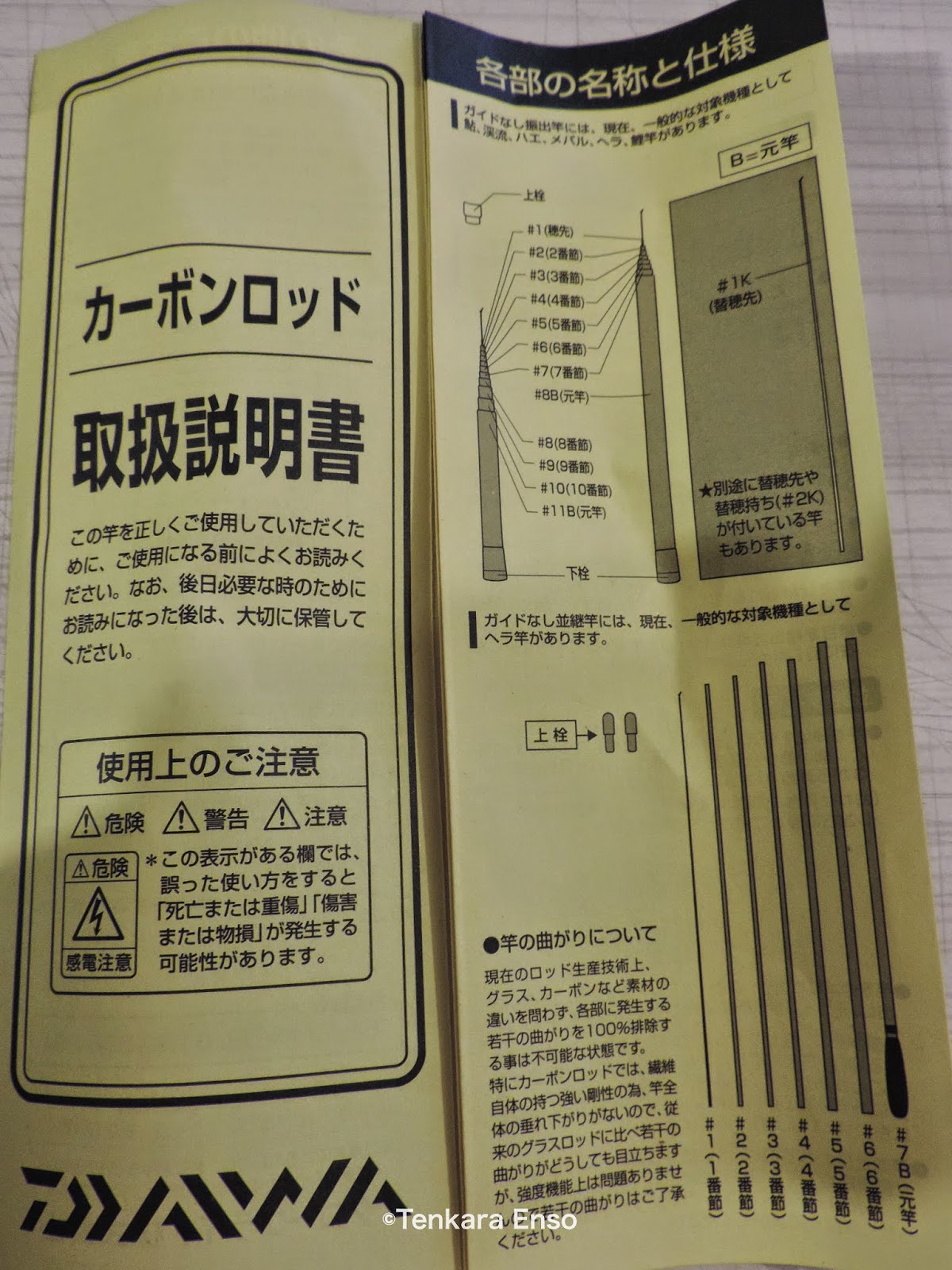A few weeks ago as I was hanging on the web I did go back to the Owner co. website and I came by chance on a hook that immediately caught my attention. A hook whose name means "bent corner" and whose shape exactly matches what I was looking for.
This hook has a micro spade, a good feature to make the tying easier and stronger. In my opinion the two basic qualities of a kebari are to match the "taste" of fishes and be strong enough to survive multiple takes. I am not a collector looking for artistic quality to his ties, I am an angler and my kebari are not destined to spend their career in boxes.
The Ikkaku chirashi is a fine wire hook with a short shank, a typically generous curve, a very wide gap and a laser sharp short point.
Many tenkara newbies complain to miss a lot of fishes because of their bad hook setting and every time one of them asks me advices about that my answer is always the same: fish with wide gap hooks!
One should know that this type of hooks, just like the Shinobi and the Micro X from Owner, are not tenkara hooks but are designed for Ayu fishing, a traditional live bait technique in which hook setting absolutely needs to be efficient.
Here is a comparative picture of the Ikkaku Chirashi with two commonly used hooks in Europe:
As you see it is not always good to trust the size number printed on the labels!
If you are interested by these hooks you can purchase some here if you live in Europe; I invite overseas anglers to get in touch with my friend Keiichi Okushi of tenkaraya.com.
Meanwhile I invite you to watch a tying video of my favorite fly: the Takayama sakasa kebari.























